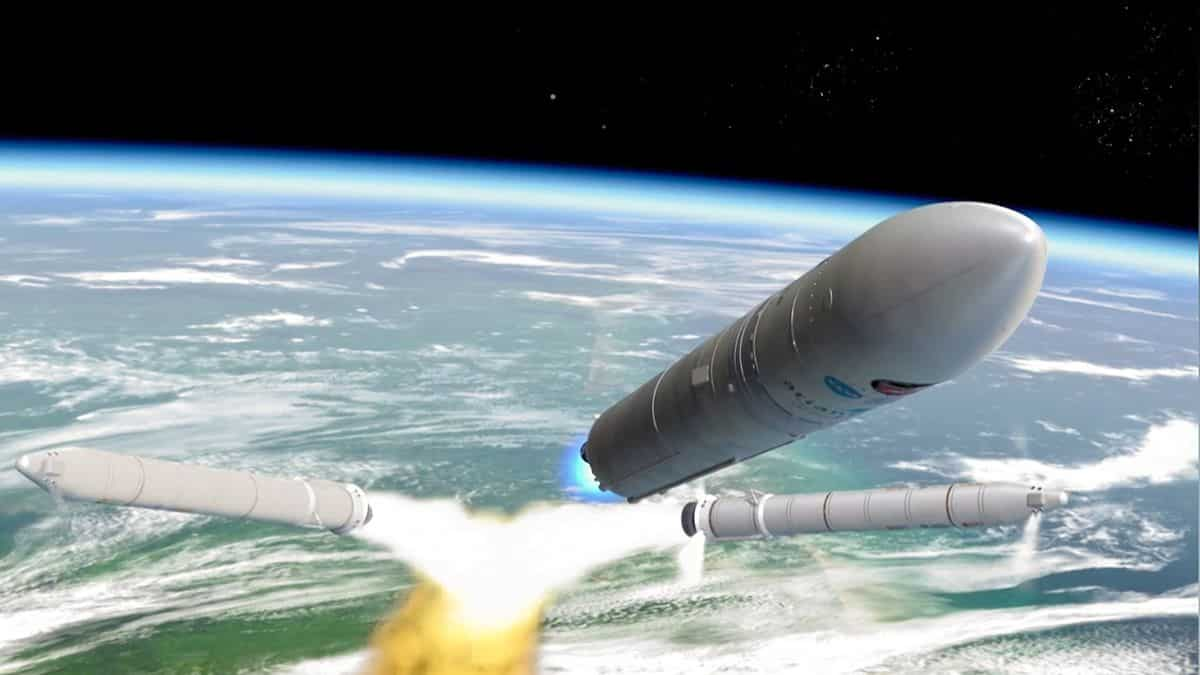
Journey Beyond Earth: Docubay Films Highlighting Various Aspects Of Space Exploration
7 months ago | 86 Views
ON JUNE 5 2024, two NASA astronauts Butch Wilmore and Sunita Williams were launched to the International Space Station (ISS) on a Boeing Starliner. They were supposed to return to Earth by June 14. But owing to some fault in the spacecraft’s thrusters and helium leaks, their 8-day mission has now stretched to more than two months and is likely to become a longer haul.
Ever since the news has travelled around the world, it has also piqued interest among many to know more about space travel - the science and technology behind taking humans beyond Earth’s atmosphere and bringing them back safe and sound. What happens if there’s some fault midway? What happens if one gets stranded in the space? How does one survive with a limited supply of food, water and oxygen? Several questions such as these have been floating around, and quite rightly so.
While the Williams-Wilmore situation makes for a crackling Hollywood sci-fi thriller, the realities of extra-terrestrial travel are often more complex than we see in films. Docubay offers a range of documentaries which throw light on various aspects of space travel and exploration, featuring scientists, researchers and astronauts talking about the real deal with first-hand experience. We have curated a list of some of these documentaries so you can get a fair idea of some crucial aspects of the journey beyond Earth.
Inside Nasa’s Innovation:
This three-episode docu-series digs deeper into various scientific collaborations with NASA behind some of the world’s most advanced technology in the field of space exploration. The first episode features NASA’s Ames Research Centre based in California’s Silicon Valley, where NASA scientists, engineers and researchers work on some of NASA’s pathbreaking technologies such as micro-gravity robots and lunar planning among others. The second episode is a take on NASA’s Jet Propulsion Laboratory managed by the California Institute of Technology and explores some of its primary projects such as the planetary robotic spacecraft, laser communication systems, spacecraft navigation innovation and NASA’s Deep Space Network. The third episode highlights the operation of Goddard Space Flight Centre and its several research areas including Earth, the solar system and the universe in general. It also throws light on NASA’s robotic systems and resources and how they are employed to dig deeper and unravel the mysteries of outer space.
My New Moon Suit:
In what could be called a perfect example of experiential filmmaking, director Jeff Thrasher tests one of NASA's highly advanced spacesuits designed for the Artemis lunar missions. Primarily shot in Canada’s Devon Island in the far north, often referred to as one of the harshest places on this planet, this short documentary focuses on Thrasher and his rigorous process of evaluating this new-concept spacesuit designed for the ISS, the moon and even Mars. The filmmaker documents his intense experience of being inside a new Collins Aerospace spacesuit – lighter than previous versions and equipped with a new augmented reality (AR) control system – and navigating through Arctic temperatures and terrain quite similar to that on the moon.
Musk vs Bezos:
Agnès Hubschman’s documentary explores the intense rivalry between two of the world’s most famous billionaires in the realm of space travel and exploration. Tesla's Elon Musk and Amazon's Jeff Bezos are locked in a fierce competition, with their respective ventures, SpaceX and Blue Origin, vying for dominance in the US space industry. Musk vs Bezos is also beyond the billionaire war; it also highlights how their rivalry is impacting the world at a geopolitical level. Despite being marketed as a means to “save humanity” their space missions have far-reaching implications affecting international relations and global security among others.
#




















